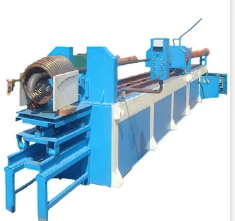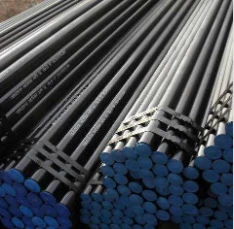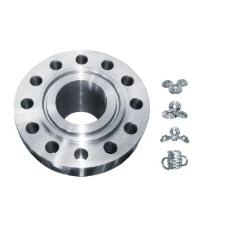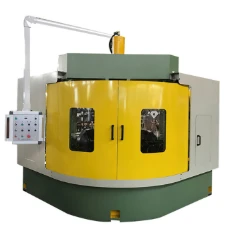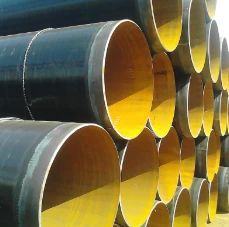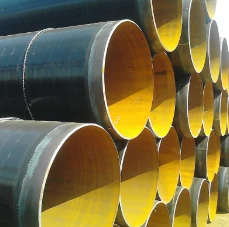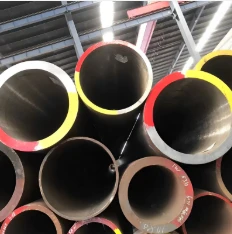
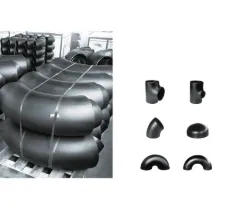
Stainless steel pipes, while on the higher end of the price spectrum, offer unparalleled resistance to corrosion and rust. This makes them ideal for systems installed in highly corrosive environments or where aesthetic factors are of concern, such as in exposed pipework in commercial buildings. Hydrostatic pressure ratings and the temperature range are critical factors when evaluating materials for fire fighting applications. It's imperative that chosen materials can handle the maximum expected pressure to avoid catastrophic failures. Similarly, the ability to withstand high temperatures can determine the effectiveness of the system in an actual fire scenario. Beyond the mechanical properties, installation efficiency and compliance with international standards and local regulations are key elements in the selection process. Using materials that meet or exceed standards such as those set by NFPA (National Fire Protection Association) or FM Global ensures that the fire protection system functions optimally under fire conditions. Lastly, consider the environmental impact and sustainability of the materials chosen. Opting for recyclable or lower carbon footprint materials contributes to a sustainable build environment, an increasingly important aspect of modern construction projects. Moreover, maintaining a balance between cost and longevity ensures the system remains affordable while minimizing lifetime maintenance expenses. In conclusion, when selecting fire fighting pipe materials, each option presents distinct advantages and considerations. Whether opting for the robustness of steel, the flexibility of CPVC, or the durability of ductile iron, each decision should be informed by the specific requirements of the installation environment, project budget, and regulatory framework. Prioritizing high-quality materials lays the groundwork for effective and reliable fire protection, ultimately safeguarding lives and property.
Post time: Feb . 17, 2025 16:18
Next:










